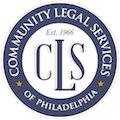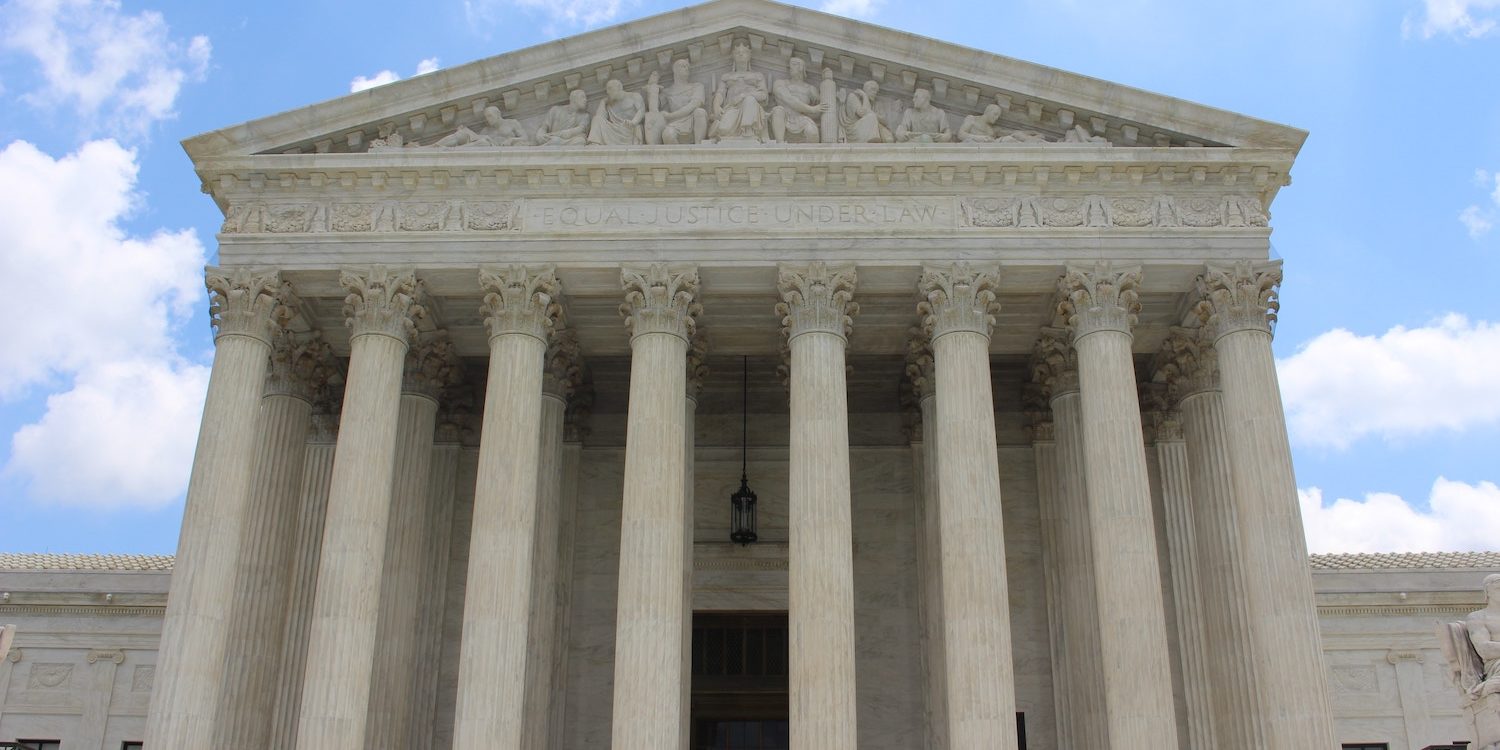Update, June 15, 2020: Great news from the U.S. Supreme Court! The Supreme Court just ruled that that a federal law banning sex-based job discrimination covers LGBTQ+ Employees.
Original post:
It’s Time for the Supreme Court to End Employment Discrimination Against the LGBTQ+ Community. The following blog post was written by CLS Litigation Director Sharon M. Dietrich.
On Tuesday, October 8th, the United States Supreme Court will hear argument in three cases presenting the question of whether Title VII, the federal civil rights in employment law, prohibits discrimination based on sexual orientation and gender identity. Community Legal Services, Inc. (CLS) stands with our LGBTQ+ clients and staff, and supports rulings that prohibit sexual orientation and gender identity discrimination.
CLS’s employment unit has represented LGBTQ+ clients for decades, in cases involving some of the most virulent overt bias that we have seen. While transformative gains have been made by the LGBTQ+ community in many respects, some employers continue to feel entitled to both speak and act on bias and hatred. People working within the City of Philadelphia are protected by our Fair Practice Ordinance, but the state of Pennsylvania – like many others – does not explicitly include discrimination based on sexual orientation and gender identity within its antidiscrimination law.
As far as I can tell, the argument against Title VII preventing discrimination based on LGBTQ+ status is that the law prohibits, you know, “sex discrimination.” But that phrase does not even appear in the law. Title VII prohibits employers from discriminating “because of such individual’s race, color religion, sex, or national origin.”
Any idea that the original intent of Title VII was laser-like focus on prohibiting discrimination between men and women is undermined by the history of the law. In 1964, at a time when help-wanted ads explicitly called for male or female job applicants, a prohibition against sex discrimination was not even in the text of the original bill. It was added in an amendment put forward by Southern legislators as a poison pill, expecting that such an absurd addition would kill the bill and prevent employers from having to make employment decisions free from race discrimination. But their strategy did not work, and the foundational Civil Rights Act of 1964, which includes Title VII, prohibited discrimination based on both race and sex.
Over time, the phrase “discrimination because of sex” has evolved beyond discrimination against women based on their gender. Mostly notably, no court had recognized sexual harassment as a violation of Title VII until 1976, and the U.S. Supreme Court only reached that conclusion in its 1986 decision in Meritor Savings Bank v. Vinson. Since that time, sexual harassment claims have expanded to include male plaintiffs as well as females, and same sex harassment.
Similarly, case law concerning whether Title VII prohibits discrimination based on sexual orientation have percolated in the lower courts for years. Initially, the courts uniformly held that the federal law did not protect gays and lesbians against employment discrimination. But the tide has turned in the last few years, with a growing number of courts finding that discrimination against LGBTQ+ people violates federal law. In these three critical cases, the Supreme Court now will resolved the split of authority among the lower courts.
In its 2015 decision in Obergefell v. Hodges, the Supreme Court held that the fundamental right to marry under the U.S. Constitution protects same-sex couples who wish to marry, a landmark decision protecting one of the most personal decisions that individuals can make. It is now time for the Court to similarly protect LGBTQ+ people in perhaps the most important public sphere – their jobs. Justice and equality require no less.






